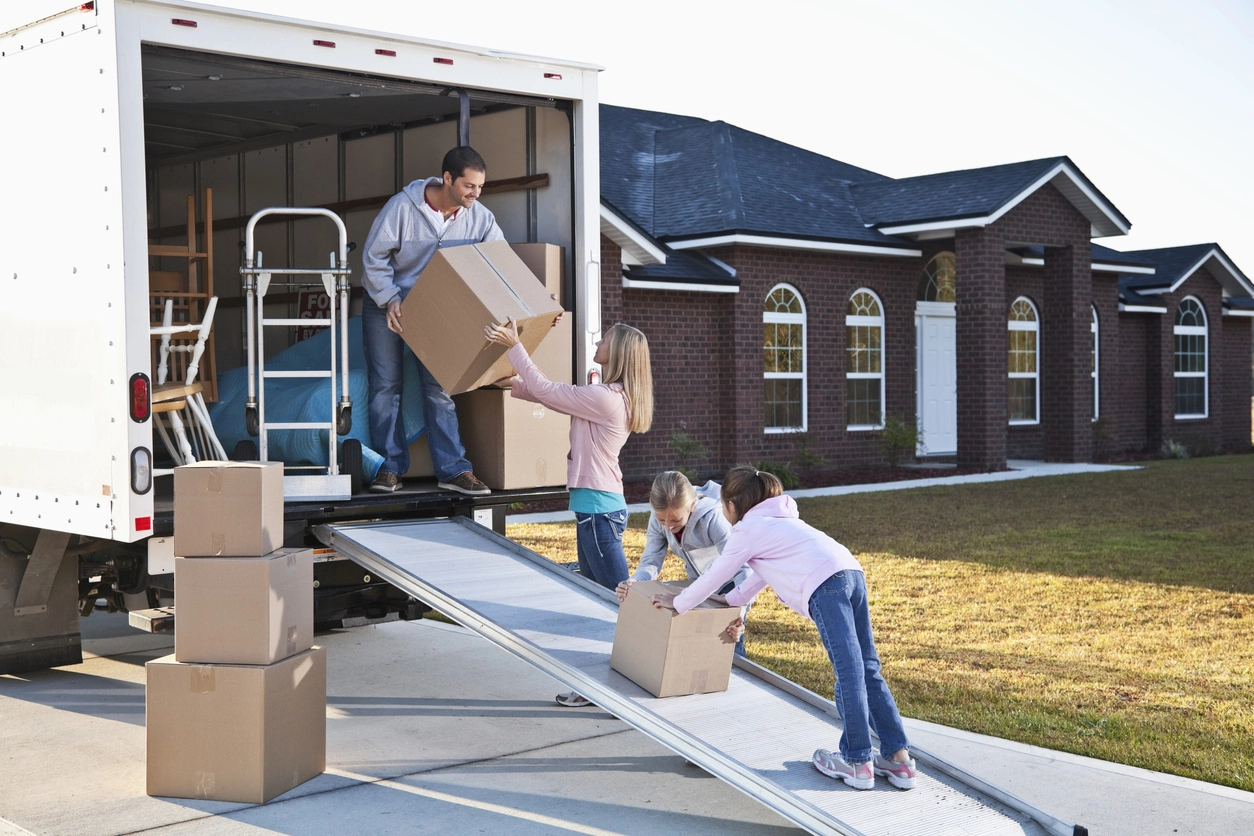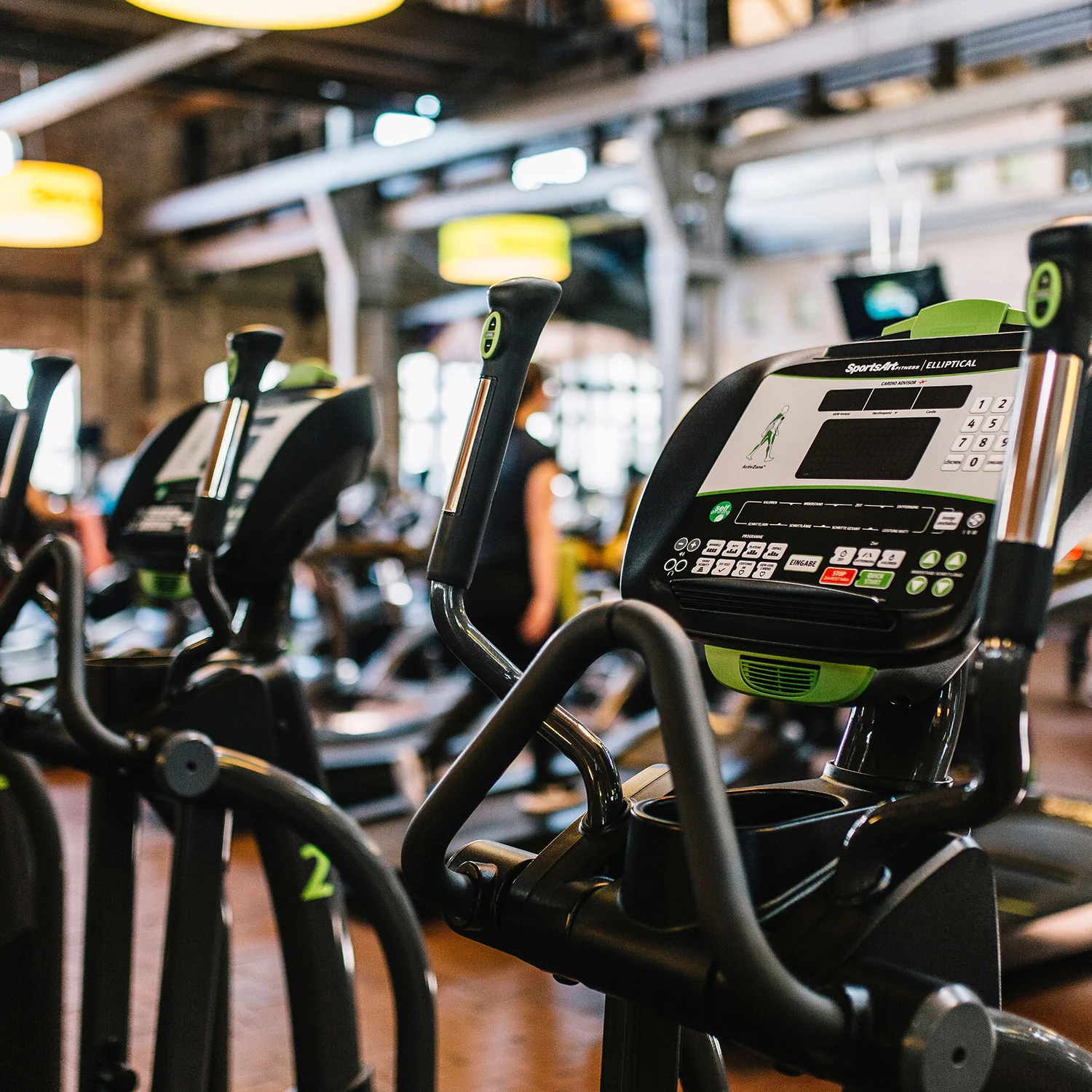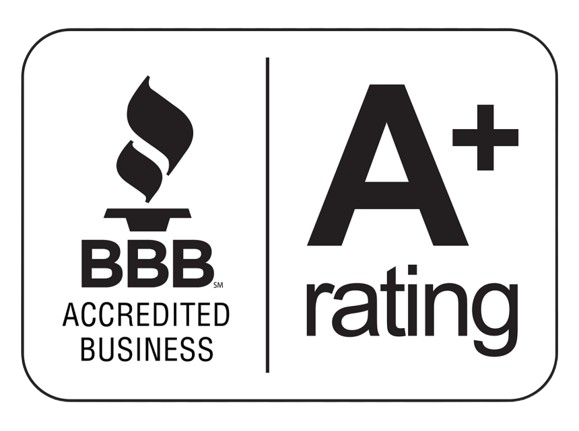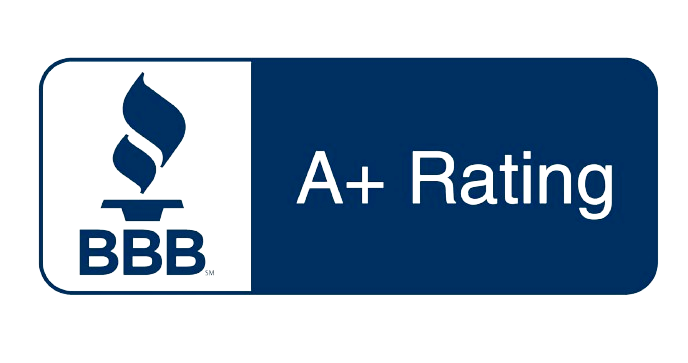So, you’re relocating your temple of fitness. Excitement for the new digs is pumping through your veins, but a shadow of dread falls as the daunting question looms before you: “How to Move Commercial Gym Equipment?” Fear not, fellow fitness warriors! Moving this iron jungle doesn’t have to be a Hercules-sized feat. With a strategic plan and some muscle (both literal and metaphorical), you can relocate your equipment smoothly and efficiently.
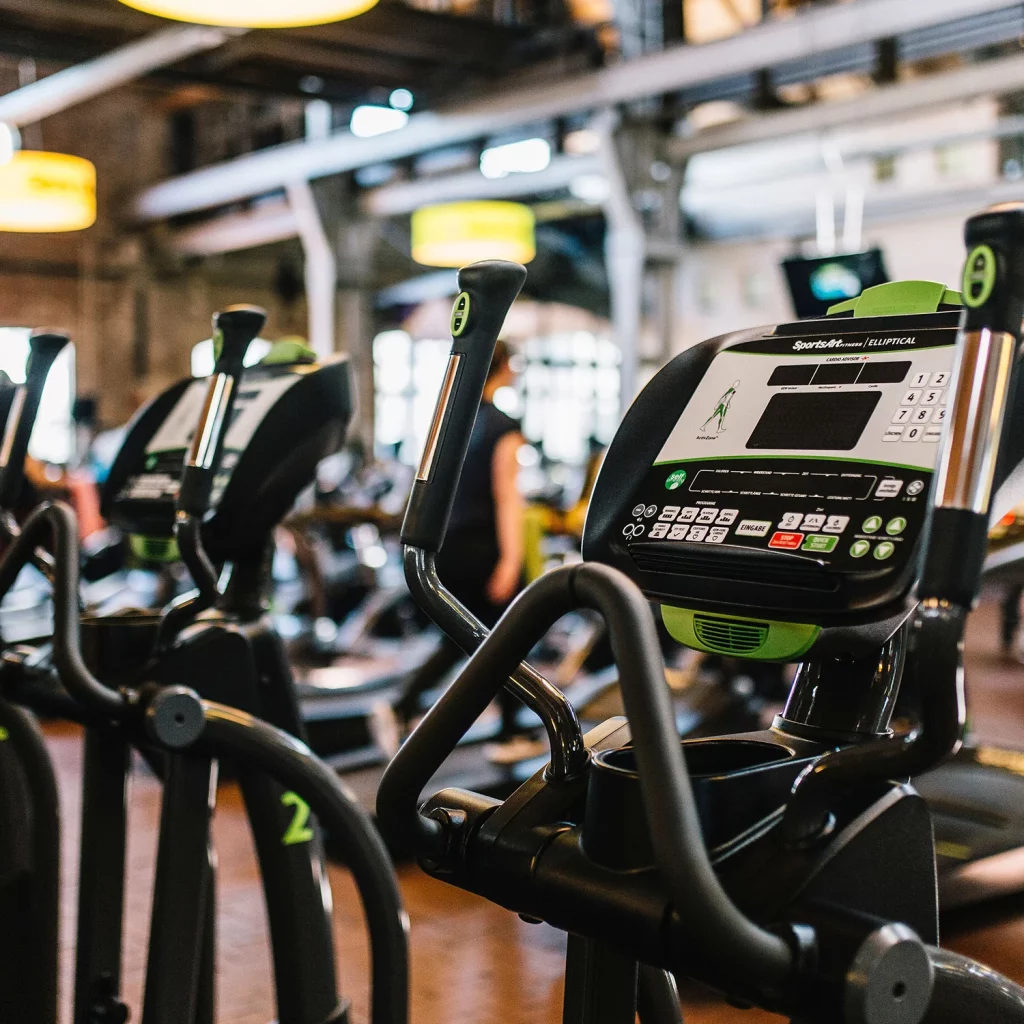
Planning: The Pre-Workout Warm-Up
Before the grunt work begins, a good sweat session of planning is key. Here’s your warm-up routine:
- Inventory & Assessment: Take stock of your equipment. Categorize it by weight (free weights vs. machines) and size. Identify any particularly bulky or fragile pieces that might require special attention. Think disassembly – can you break down treadmills or cable machines for easier transport? Consulting the manufacturer’s instructions for disassembly is a wise move.
- Measure Up: Don’t underestimate the power of a good measuring tape. Measure doorways, hallways, and elevators in both your current and new locations. This will help you determine if any equipment needs disassembly to navigate tight spaces. Don’t forget about ceiling heights – a low ceiling can be a nasty surprise for that fancy new squat rack.
- Mapping it Out: Like a pro bodybuilder meticulously plans their sets and reps, create a floor plan for your new gym. Knowing where each piece of equipment will reside will streamline the unloading process and minimize post-move rearranging.
- Calling in the Cavalry (or the Movers): For truly massive equipment relocations, consider hiring professional movers experienced in handling commercial gym equipment. They’ll have the manpower, the muscle, and most importantly, the expertise to ensure a safe and efficient move.
Packing & Prepping: The Lifting Circuit
Now that your plan is in place, it’s time to prep the equipment for its journey. Here’s your lifting circuit:
- Disassemble What You Can: As mentioned earlier, consult those manuals and disassemble anything that can be safely broken down. This will make the equipment more manageable and easier to maneuver. Label all the parts meticulously – a post-move jigsaw puzzle is no fun for anyone.
- Wrap it Up Tight: Protect your precious equipment from bumps and scrapes with moving blankets or bubble wrap. Pay special attention to delicate parts like console screens and upholstered components.
- Secure the Loose Ends: Free weights and weight plates can become a dangerous avalanche in a moving truck. Pack them securely in heavy-duty boxes or crates. Distribute the weight evenly to avoid overloaded boxes.
- Labeling is Key: Clearly label every box and disassembled piece with its contents and destination in the new gym. This will save you and your team a world of frustration when it comes to reassembly.
Moving Day: The Main Event
The big day has arrived! Here’s how to ensure a smooth and injury-free moving day:
- Teamwork Makes the Dream Work: Gather a reliable team to help with the loading and unloading. Proper lifting techniques are essential to avoid back injuries. Remember, it’s always better to have an extra pair of hands than risk damaging equipment or yourself.
- Dolly Up: Invest in furniture dollies with a high weight capacity. These will be your best friends when it comes to moving those heavy machines.
- Secure the Load: Once everything is loaded onto the truck, use ratchet straps and tie-downs to secure the equipment in place. This will prevent it from shifting during transport.
The Final Rep: Reassembly & Set-Up
You’ve conquered the move! Now comes the final rep – reassembly and setting up your equipment in its new home. Here’s how to finish strong:
- Consult the Manuals Again: Those dusty manuals you unearthed earlier are your guides now. Follow the disassembly instructions in reverse to reassemble the equipment.
- Double-Check Everything: Once reassembled, thoroughly inspect each piece of equipment for any damage that might have occurred during the move. Report any issues to the moving company promptly, if applicable.
- Calibration is Key: Treadmills, elliptical trainers, and other electronic equipment might require recalibration after being moved. Consult the manufacturer’s instructions or a qualified technician to ensure they function properly.
The Victory Lap
Once everything is set up and tested, add finishing touches like signage, branding, and organizing the gym layout for optimal flow. Consider treating your team to a celebratory post-move workout in your brand-new gym! You’ve successfully conquered the move, and now it’s time to celebrate all that hard work.
Moving commercial gym equipment can be a daunting task, but with careful planning, the right tools, and a little teamwork, you can achieve a smooth and successful relocation. Remember, a well-executed move minimizes downtime and ensures your members can get back to their fitness routines as soon as possible.
Dreading the monstrous task of moving your commercial gym equipment? Gorilla Moves specializes in commercial moves services, taking the stress out of the equation. Our experienced crew and top-notch equipment will handle your gym’s bulky beasts with precision, ensuring a smooth and damage-free move. Don’t let your equipment become a fitness hurdle – contact Gorilla Moves today for a free quote and get your gym ready to flex its new muscles in no time!If you want to read more about “How Do I Choose a Reliable Moving Company?” Visit our blog page today to get the best tips from experts!



